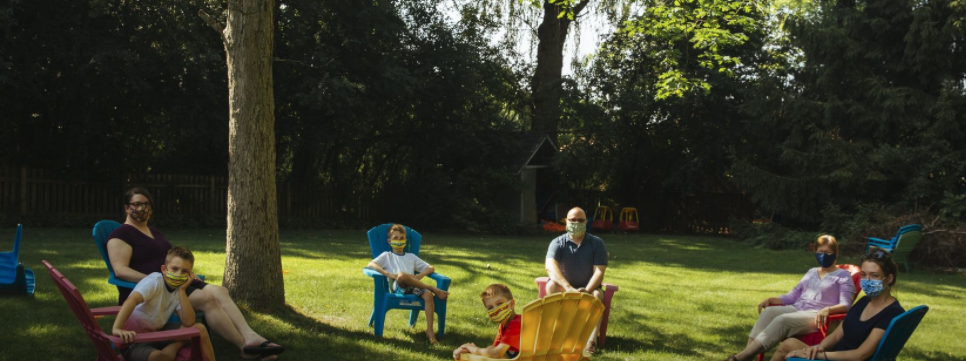
The question of how to live life under shifting coronavirus precautions is straining relations among friends and relatives; ‘Boys, you’re too close to Grandma.'
When shelter-in-place restrictions eased in May in Gurnee, Ill., Laura Davis’s immediate thought was: When are people coming over? The teacher’s mother and two sisters live within driving distance, she said, and her backyard can accommodate social distancing.
It turned out that wasn’t going to be easy.
Ms. Davis, 38, landed in an argument with her older sister over get-together terms. Her sister and mother have health conditions putting them at risk for complications from the new coronavirus and said they would come only if they could sit outside, if no one ate and if everyone wore masks—including all nine children.
Ms. Davis thought that was excessive and couldn’t understand why food she prepared would be riskier than food delivered from restaurants. Her sister and mother wouldn’t budge.
“It’s been a weird balancing act. And a lot of compromising and a lot of tension,” she said. “I’m trying to understand them, but I’m also trying to push them a little bit. You can’t do this for two years until there’s a vaccine.”
The question of how to resume aspects of normal life months after the first known U.S. coronavirus death is confounding businesses and roiling state and national politics. It is also straining relations among friends and relatives.
The recent surge of confirmed cases in many states has made the question more urgent, upending reopening plans and prompting several states to reverse course or hit pause. Disagreement among federal officials, governors and mayors has led to shifting official messages and rules about how to stay safe.











